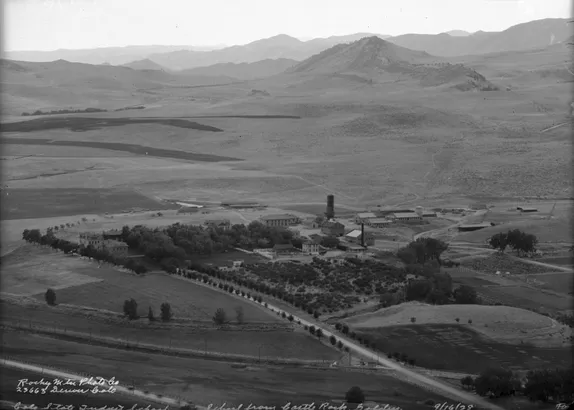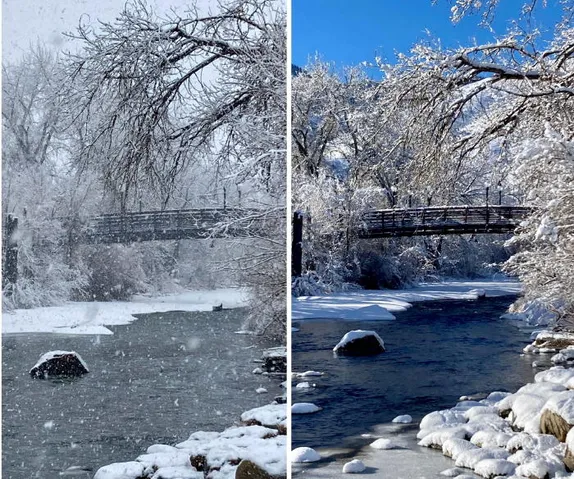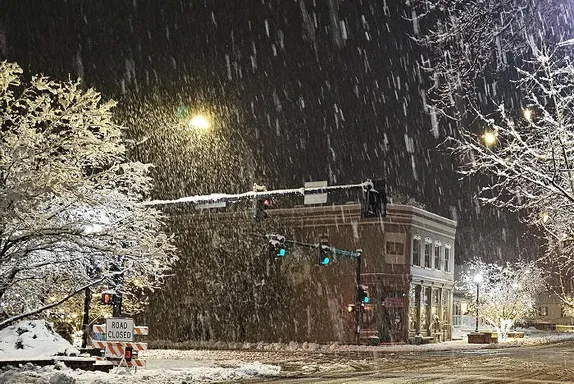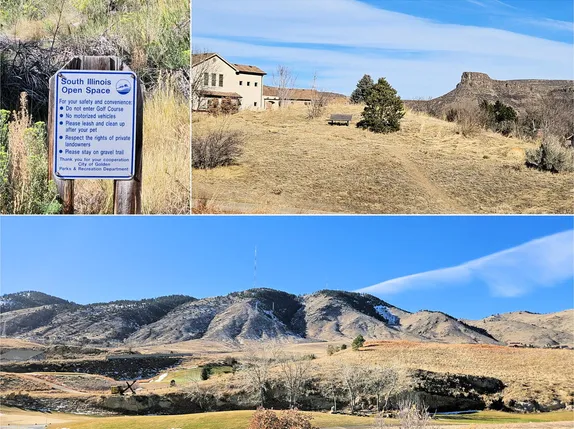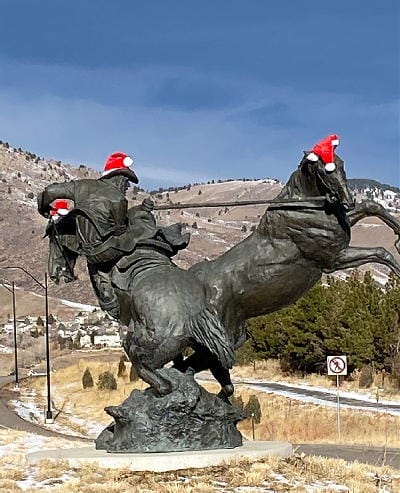
Coronavirus/COVID-19
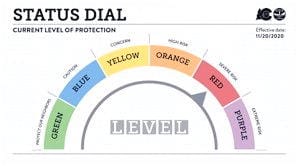
Public Health References
CDC * Colorado * Jefferson County * City of Golden
Jefferson County is at Level Red, “Severe Risk.” JCPH posts case summary stats Monday – Friday, so the next update will appear in tomorrow’s email.
Mines COVID Testing | Jeffco Fairgrounds COVID Testing | School of Mines COVID-19 case page. | Sign up for exposure notifications.
Virtual Golden
6-6:55AM Virtual Dynamic Circuit
8:30-9:30AM Virtual Power Training
10:15AM Spanish Story Time with the Library
10:30-11:30AM Virtual Pet Show and Tell: All About Dogs
2-3PM Active Minds Mondays – Leonard Bernstein
4-4:30PM Kids Martial Arts Class
Real World Golden
10AM-5PM Holiday Art Market
Live Music:
3-6PM Pop Up Patio Set with Jonathan Browning at the Buffalo Rose
Celestial Matters
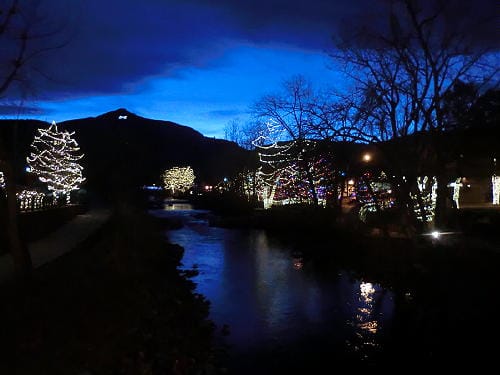
Today is the Winter Solstice–the shortest day of the year. The sun will rise at 7:17AM and set at 4:38PM, giving us 9 hours and 21 minutes of daylight. After this, the days will gradually lengthen until the summer solstice on June 21st. On that day, we’ll have 14 hours and 59 minutes of daylight.
“The great conjunction” is also at its height tonight. This means that Jupiter and Saturn will be so closely aligned that–to those of us without telescopes–they may appear to be a single extra-bright star. Astronomers recommend that you look southwest at the horizon about 45 minutes after sunset.
The moon is at “first quarter.” It will rise at 12:17PM and set at 8 minutes after midnight. The next full moon will be on December 29th.
As always, the status of the moon is brought to you by Buglet Solar (because they send me a calendar every December, showing the phases of the moon for the coming year)!
Golden History Moment
For those who don’t check email over the weekend, on Saturday I wrote about the historic homes of the Golden Transcript. On Sunday, I wrote about the life and death of Hesteds Department Store.
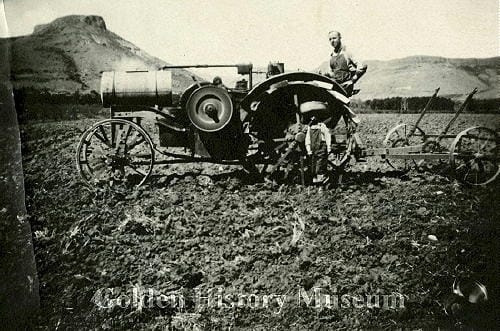
In the early 20th century–particularly 1910-1920–Colorado was in the throes of a sugar rush. While sugar cane from the Caribbean islands had long been the source for sugar, after the Civil and Spanish American Wars, the U.S. became interested in developing a domestic source. Sugar beets filled the bill.
The western states–Colorado, Utah, Nebraska–were well-suited for growing sugar beets, and capitalists were eager to invest in the infrastructure needed to refine the beets into sugar. Colorado had been rapidly expanding in beet production for a number of years, and sugar refining factories had been built in Grand Junction, Fort Collins, Greeley, Loveland, and several other towns around the state.
In 1916, the sugar industry began encouraging Jefferson County farmers to start raising beets. They waged a strong PR campaign, telling farmers what a good cash crop beets were, and how much farmers in other parts of the state were making from beets. There was great interest, and by 1917, many Jeffco farmers had decided to try beets. County leaders hoped that local production would encourage the sugar companies to build a factory in Jefferson County–possibly in Arvada.
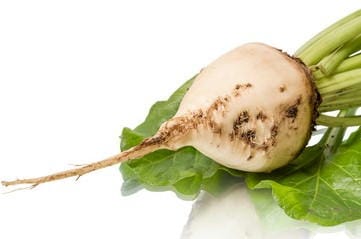
Beets need to be processed quickly after they reach peak sugar in the fields, so speedy transportation is important. At that time, most farmers drove their produce to Denver by horse-drawn wagon. To speed the process, the Tramway company offered to install “beet dumps” along their three rail lines in Jefferson County (one went to Leyden and two to Golden–one via Arvada and the other via Lakewood). These beet dumps would allow farmers to bring their produce to a stop along the Tramway line, weigh it, and have their beets delivered to Denver quickly by rail. There were hopes that dozens of dump sites would be needed, but the first year they built only three.
All went well for a few years. Farmers formed co-ops and negotiated high prices from the sugar companies. By 1919, it was one of the largest crops in Jefferson County:
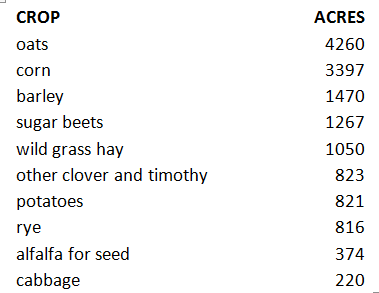
In the fall of 1920, Great Western Sugar Company announced plans to build new plants in Johnstown and in Minatare Nebraska. However, there were a lot of moving parts in the sugar industry.
In late fall, 1920, the price of cane sugar suddenly dropped and producers of beet sugar were left with millions of pounds of refined sugar that they had to sell below cost. The December 23rd, 1920 Colorado Transcript announced that the Johnstown and Minitare plants would not be built. Credit markets were tight at that time, and Great Western decided to slow their expansion and operate with what they already had.
The sugar beet industry continued in Colorado, but the early, speculative sugar rush days were over. Farmers gave up the temptation to grow only beets and the sugar industry slowed down on building new plants.
During World War I, housewives were encouraged to plant a few beets to produce their own sugar. I found a modern-day description of the process, and it does not sound easy–which may be why I found no such references during World War II.
Beets did find new fans during Prohibition, as bootleggers discovered they could be used to produce alcohol.
Many thanks to the Golden History Museum for providing the online cache of historic Transcripts and to the Golden Transcript for documenting our history since 1866!

